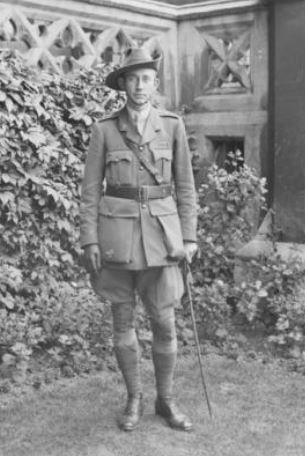
Lieutenant Clifford William King Sadlier VC (1892-1964, 71yo)
Clifford Sadlier was born in Camberwell, Victoria on 11 June 1892. After completing his schooling, he relocated to Perth and found work as a commercial traveller. In May 1915, he joined the Australian Imperial Force and was assigned to medical duties with the 1st Australian General Hospital.
After sailing to Egypt in June 1915, he returned to Australia briefly in March 1916 to assist with nursing responsibilities before resuming front-line service later that year. He joined the 7th Reinforcements for the 51st Battalion and steadily rose through the ranks, receiving his commission as a Second Lieutenant in July 1917 and promotion to Lieutenant in April 1918.
Sadlier's most renowned action came during the night of 24–25 April 1918 at Villers-Bretonneux, where German forces had captured the town during a dawn offensive. A counter-attack was hastily organised using elements of the 13th and 15th Brigades. The 51st and 52nd Battalions were tasked with the southern advance and stepped off around 10:10 p.m. in darkness and under shellfire.
Early in the assault, Sadlier’s unit came under heavy machine-gun fire. A neighbouring company was virtually annihilated, but Sadlier continued forward. Faced with fierce resistance, he led a bombing section to outflank a key enemy position. Navigating through woodland, he and his team launched a sudden assault on a machine-gun nest, neutralising the threat before pushing further through the darkness. Sadlier was hit in the thigh but persisted, helping to destroy two more enemy positions before being wounded again in the arm.
Despite being evacuated, his actions cleared a path for the remainder of the 13th Brigade. Although delayed, they succeeded in linking up with the 15th Brigade, and by sunrise Villers-Bretonneux was back under Allied control. For his conspicuous leadership and bravery in one of the war’s most decisive engagements, Sadlier was awarded the Victoria Cross.
He returned to Australia in October 1918 and was discharged from the AIF shortly thereafter. Following the war, he held various civilian posts. In the mid-1950s, his health declined due to emphysematous bronchitis, which ultimately led to his death on 28 April 1964.
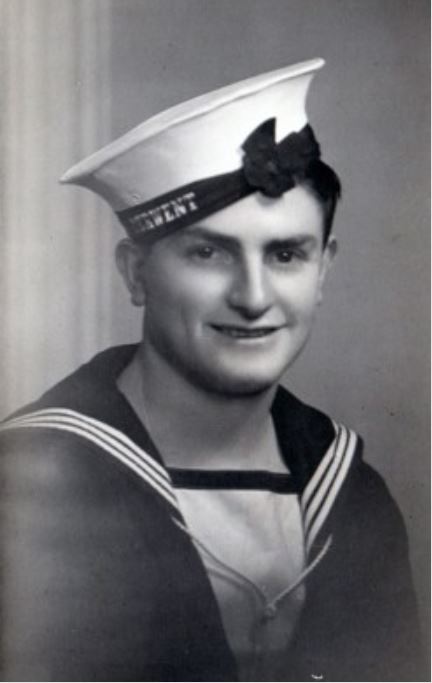
Ordinary Seaman Edward (Teddy) Sheean VC (1923-1942, 19yo)
Edward "Teddy" Sheean was born in Lower Barrington, Tasmania on 28 December 1923. After leaving school, he worked on farms in the local area before enlisting in the Royal Australian Navy Reserve in April 1941.
He began his naval training in February 1942 at Westernport, Victoria, and was later transferred to Sydney in May. There, he was temporarily quartered aboard the ferry Kuttabul, which was later sunk during a Japanese midget submarine attack on Sydney Harbour. Sheean was on leave in Tasmania at the time, narrowly avoiding the disaster.
Upon returning to duty, Sheean joined the crew of the newly commissioned HMAS Armidale, serving as an Oerlikon anti-aircraft gunner. The ship was tasked primarily with convoy protection duties along the Australian coastline before being assigned a critical mission to resupply and evacuate Australian and Dutch forces from Japanese-occupied Timor in November 1942.
On 1 December 1942, approximately 100 kilometres off Timor's Betano Bay, HMAS Armidale came under sustained attack by Japanese aircraft. Struck by bombs and torpedoes, the ship began to sink. Although wounded, Sheean chose not to abandon ship. Instead, he returned to his gun, secured himself to the mount, and engaged the attacking aircraft. He was seen shooting down two enemy planes and continuing to fire even as the vessel slipped beneath the waves. His shipmates reported seeing his tracer fire rising from underwater.
Sheean was killed in the action, but his decision to defend his crew until the very end became one of the most revered moments in Royal Australian Navy history. Initially Mentioned in Dispatches for his gallantry, his award was posthumously upgraded to the Victoria Cross for Australia in 2020.
In 1999, a Collins Class submarine was named HMAS Sheean in his honour—the only Australian naval vessel to be named after an ordinary seaman. His final stand has also been immortalised in a painting displayed at the Australian War Memorial.
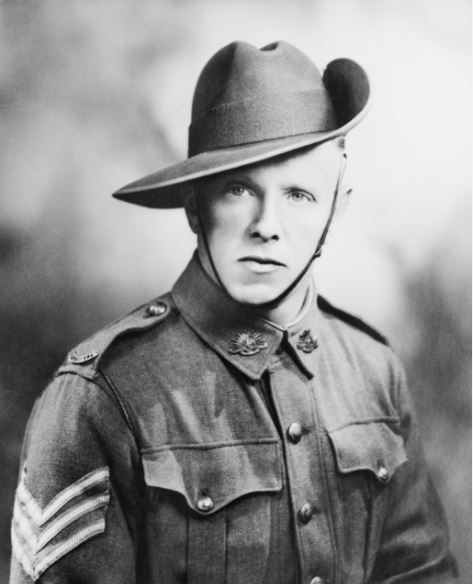
Sergeant William Henry Kibby VC (1903-1942, 39yo)
Bill Kibby was born on 15 April 1903 in Winlaton, England. He migrated to Australia with his family in 1914 and, after completing his education, found work as a plasterer. His military involvement began in 1936 with the 48th Field Battery, and he formally enlisted in the Second AIF on 29 June 1940.
He joined the 2nd/48th Battalion and was promoted to Sergeant later that year. Soon after arriving in the Middle East, Kibby suffered a serious leg injury that required an extended period of rehabilitation, keeping him away from his unit for over a year. Once recovered, he returned to the front lines and was thrown into the heart of some of the fiercest fighting in North Africa.
At the Second Battle of El Alamein in October 1942, Kibby’s courage became legendary. On the night of 23 October, his platoon was tasked with neutralising a heavily defended enemy position on Miteiriya Ridge. Leading from the front, Kibby charged the post under intense fire, using his submachine gun to kill several enemy soldiers and capturing others, effectively silencing the threat.
Two nights later, he exposed himself repeatedly to repair severed communication lines amid ongoing shelling. His initiative helped maintain vital contact with other elements of the battalion. Captain Peter Robbins, his company commander, was preparing a recommendation for Kibby to receive the Distinguished Conduct Medal—recognition that would never come from him, as Robbins was killed soon after.
On 26 October, during sustained artillery and infantry attacks at Trig 29, Kibby again risked his life to coordinate defensive fire and keep his platoon intact. In the pre-dawn hours of 31 October, his platoon assaulted German positions near the coast but came under devastating machine-gun and mortar fire. With many of his comrades dead or wounded, Kibby took charge of the survivors and led a direct assault on multiple enemy gun nests. Facing fire at close range, he pressed forward until he was fatally struck.
Though he did not live to see it, Kibby’s valour was later recognised with the Victoria Cross. His actions were instrumental in turning the tide of the battle.
Initially buried by German troops in a common grave, Kibby’s remains were eventually located by his fellow soldiers and given a more formal burial. In 1944, he was reinterred at the El Alamein War Cemetery. His legacy lives on not just through his award, but in the memories of the men whose lives he saved through his fearless leadership.
Last Reviewed 06/2025

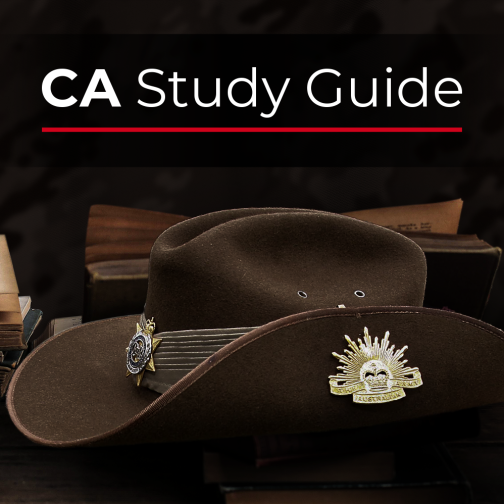

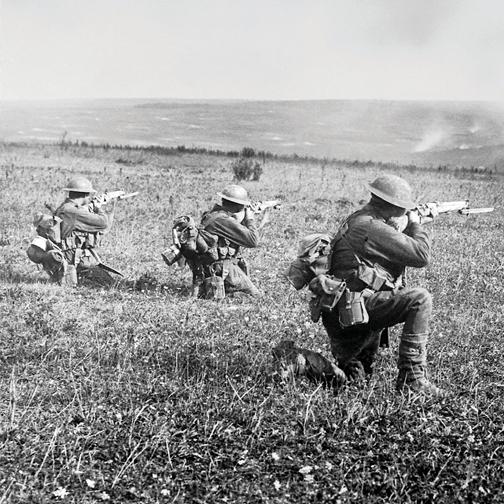


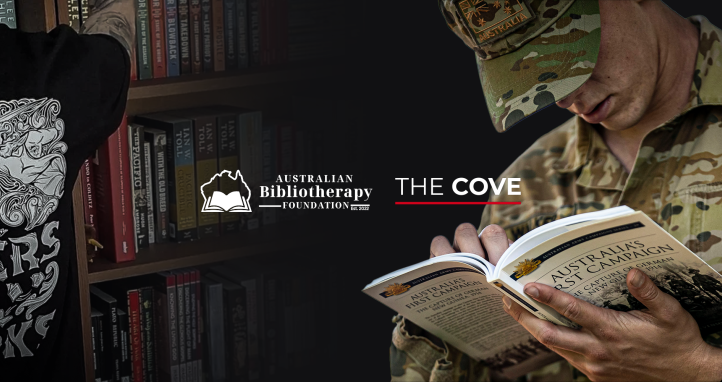
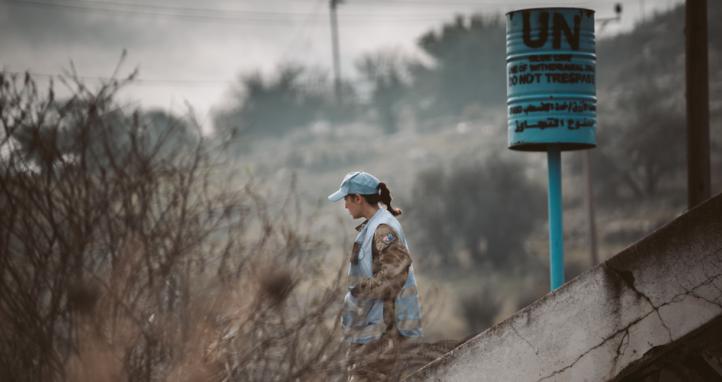
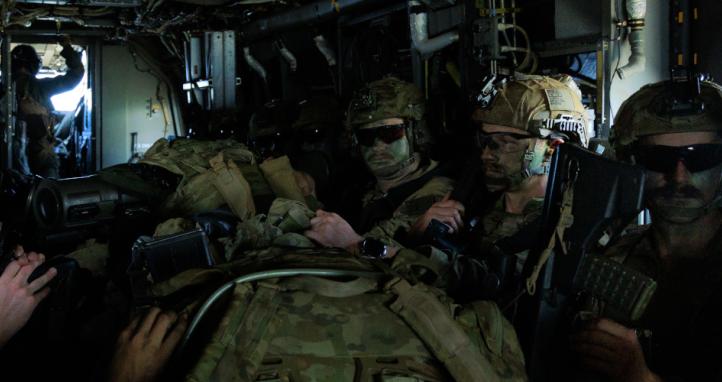

Just wanted to bring to your attention that uncle Teddy was the Oerlikan gun loader not the gunner as stated in the article.
Best Regards Anne